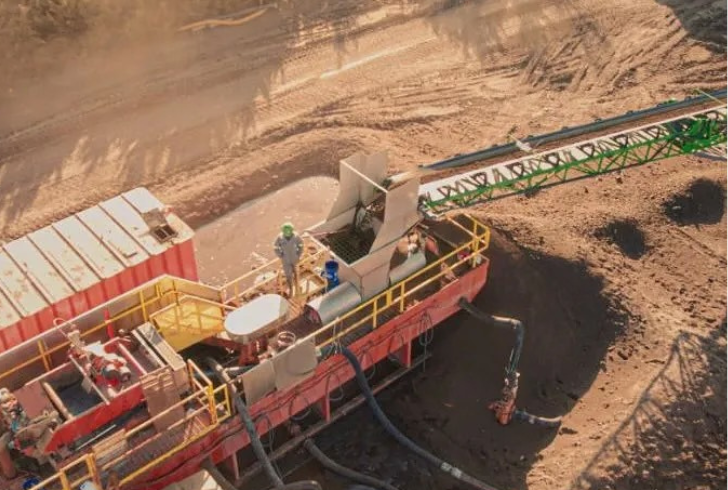Picture the least glamorous part of modern life—waste—and then imagine treating it like a valuable raw material for climate repair. That’s essentially what Vaulted Deep has been doing in a way that’s both industrially practical and surprisingly elegant. Their specialty? Pumping dense, carbon-rich slurries of treated sewage, agricultural manure, and other organic byproducts thousands of feet into stable rock formations where the material can sit, inert, for millennia.
The underlying idea is simple: stop decomposition before it can release carbon dioxide and methane, and at the same time keep pollutants such as PFAS out of rivers, groundwater, and farmland. It’s a rare example of one intervention quietly addressing several environmental headaches at once.

Instagram | theausglobal | To remove CO2, Vaulted Deep stores millions of tons of organic waste underground.
Borrowing Tools From the Oil Patch
Instead of inventing entirely new hardware, Vaulted Deep has adapted technologies long trusted in the oil and gas sector—cemented steel casings, geologic sealing layers, and injection wells that can be monitored with pressure sensors and seismic mapping. The “slurry” itself isn’t a thin liquid but a textured mix of liquids and solids, dense enough to stay put when it reaches its destination. At depths measured in thousands of feet, oxygen is scarce, temperatures are stable, and the microbial activity that drives decay simply stops.
These geological vaults aren’t arbitrary; they’re chosen for rock structures that have already held fluids or gases for millions of years. A layer of impermeable rock caps each site like a lid, ensuring the stored material doesn’t migrate upward over time.
Tackling the Kind of Waste Nobody Wants
Not all waste can be composted into garden-ready soil or burned for energy. Many municipal treatment plants and large farms produce wet-solid slurries that fall into a no-man’s-land—too saturated for incineration, too contaminated for open-field spreading, and increasingly regulated out of landfills. Vaulted Deep has built expertise in finding these stranded waste streams and moving them into permanent underground storage. In some cases, they even take the material at no charge to the generator, making it an easy yes for facilities that would otherwise face disposal bottlenecks.
Microsoft’s Climate Math
In 2025, Microsoft signed a deal with Vaulted Deep that made headlines: nearly five million tonnes of CO₂ equivalent would be permanently stored by 2038. For Microsoft, with its ever-growing AI infrastructure and energy demand, locking in long-term carbon removal credits is as much a risk hedge as it is a sustainability pledge. For Vaulted Deep, the agreement means scaling beyond its two current facilities—a wastewater solids injection site near Los Angeles and a converted salt cavern in Kansas that once stored hydrocarbons.

Instagram | explorialla | Partnering with Microsoft, Vaulted Deep’s tech addresses waste and removes carbon.
More than Just Carbon Accounting
The environmental payoff isn’t limited to greenhouse gas numbers. PFAS compounds—nicknamed “forever chemicals” for their persistence—are increasingly expensive to manage under tightening regulations. Burying waste containing them deep underground isn’t destruction, but it is secure isolation. The alternative in many cases is slow contamination of farmland, drinking water, and fisheries. Vaulted Deep’s process cuts off that pathway entirely.
Each injection site passes through rigorous EPA review before a single gallon is stored. Safety assessments examine everything from subsurface pressure dynamics to the potential for induced seismicity, with long-term monitoring baked into the operating plan.
A Scalable, Grounded Solution
The scale of the problem matches the scale of the potential: global organic waste production could theoretically sequester up to five billion tonnes of CO₂ each year if treated this way. No single method will meet climate goals on its own, but Vaulted Deep’s approach uses proven infrastructure and geologic certainty to lock away carbon and toxins simultaneously.
The concept may lack the visual glamour of wind farms or coral reef restoration, but its strength lies in its quiet efficiency. There’s a certain satisfaction in knowing that what once caused environmental damage can, with the right tools and know-how, become part of the solution—and stay that way for thousands of years.










